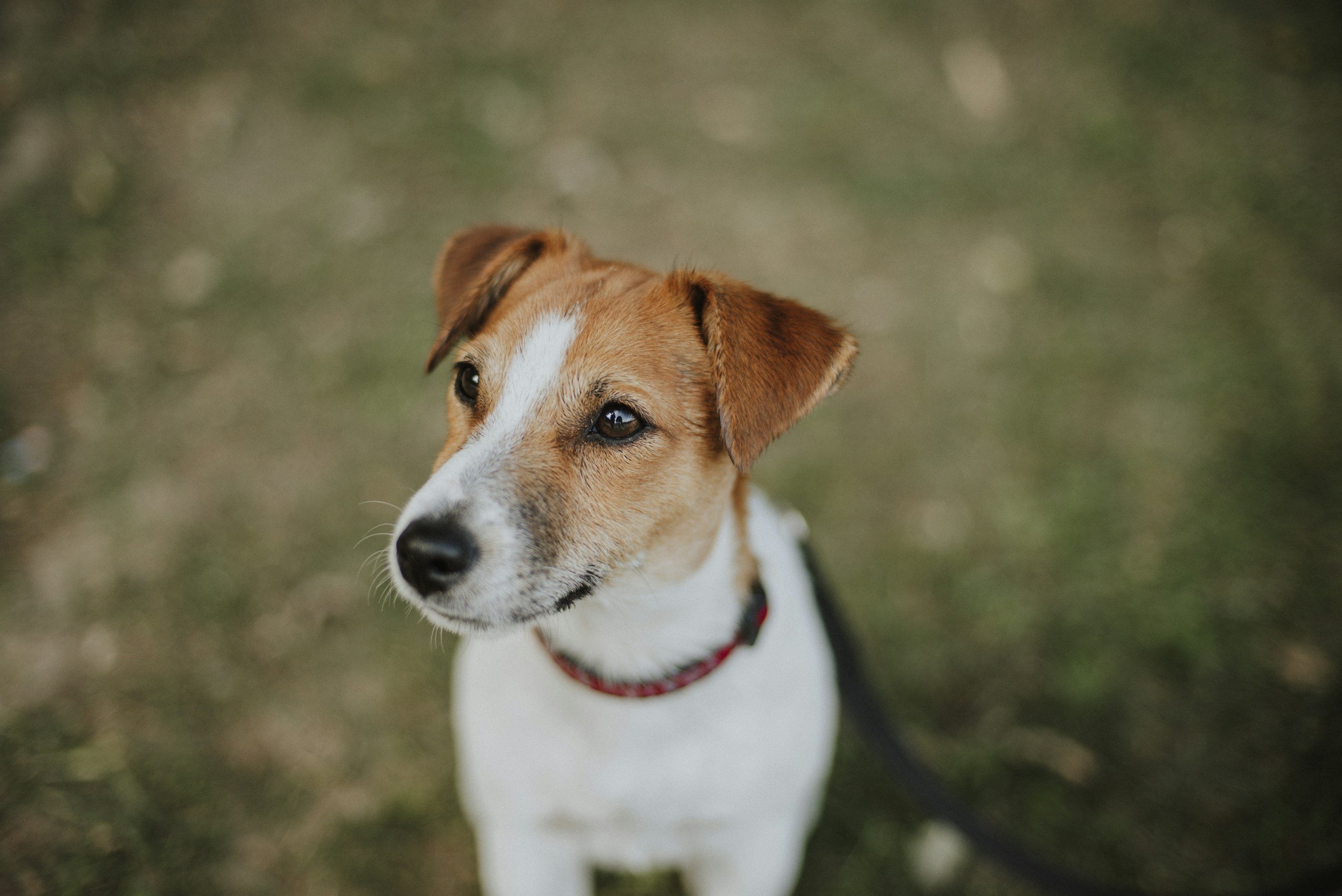Jack Russell Terrier: A Small Dog with a Big Personality
The Jack Russell Terrier, often just called a "Jack Russell," is a small but mighty breed known for its boundless energy, intelligence, and feisty personality. If you’re considering adding one to your family, you’ll want to know what makes this breed so special—and what challenges come with owning such a spirited pup.
A Brief History of the Jack Russell Terrier
This breed traces its roots back to 19th-century England, where they were originally bred for fox hunting. Their keen hunting instincts, agility, and high intelligence made them exceptional working dogs. Over time, they transitioned into beloved family pets while maintaining their strong-willed and energetic nature.
Temperament: A Lively and Loyal Companion
If you’re looking for a laid-back lap dog, a Jack Russell might not be the best fit. These terriers are known for their:
High energy levels – They need plenty of exercise and mental stimulation.
Strong prey drive – Small animals like squirrels and rabbits will quickly grab their attention.
Loyalty and affection – They form strong bonds with their families and can be incredibly loving.
Independence and stubbornness – Training requires patience, as Jack Russells love to do things on their own terms.
Jack Russells
Training and Socialization: Setting the Rules Early
Jack Russells are highly intelligent but can also be stubborn, so early training is crucial. Here are some key training tips:
✅ Start early – Socialize them from a young age to prevent aggressive or territorial behavior.
✅ Use positive reinforcement – They respond well to treats, praise, and playtime rewards.
✅ Stay consistent – Mixed signals can lead to confusion and behavioral issues.
✅ Mental stimulation is a must – Puzzle toys, agility courses, and interactive games help keep their sharp minds engaged.
Exercise Needs: A Dog That Never Stops Moving
Jack Russells aren’t couch potatoes. They need at least 60 minutes of exercise daily, ideally through:
Long walks or jogs
Off-leash play in a secure area
Agility training or obstacle courses
Interactive fetch or tug-of-war games
Without enough exercise, they may become destructive, anxious, or overly vocal. A tired Jack Russell is a happy (and well-behaved) one!
Grooming and Care: Low Maintenance but Not No Maintenance
The good news? Jack Russells are low-maintenance when it comes to grooming. However, they still require:
🛁 Brushing – Weekly brushing keeps their short coat looking neat.
🦷 Dental care – Regular teeth brushing prevents dental issues.
🖐 Nail trimming – Their nails grow quickly and need trimming every few weeks.
👂 Ear cleaning – Check their ears for debris or wax buildup.
Common Health Issues in Jack Russells
While generally healthy, Jack Russells are prone to some conditions, including:
Patellar luxation (knee joint issues)
Legg-Calvé-Perthes disease (hip joint problems)
Deafness (especially in white-coated individuals)
Eye conditions like cataracts
A nutritious diet, regular vet check-ups, and proper exercise can help prevent many health problems.
Is a Jack Russell Terrier Right for You?
Before bringing home a Jack Russell, ask yourself:
✅ Do I have enough time and energy to keep up with their high activity levels?
✅ Am I willing to commit to consistent training?
✅ Do I have a securely fenced yard or access to safe play areas?
✅ Can I provide enough mental stimulation?
If you answered yes, a Jack Russell could be an amazing companion—full of love, adventure, and fun!
Final Thoughts
Jack Russells are not for everyone, but for the right owner, they can be a fantastic and entertaining addition to the family. Their big personalities, intelligence, and affectionate nature make them one-of-a-kind dogs.
👉 Remember: This article is for informational purposes only and does not replace professional veterinary or training advice.
